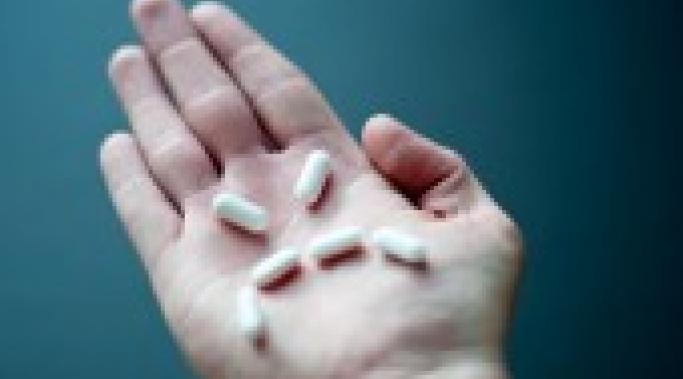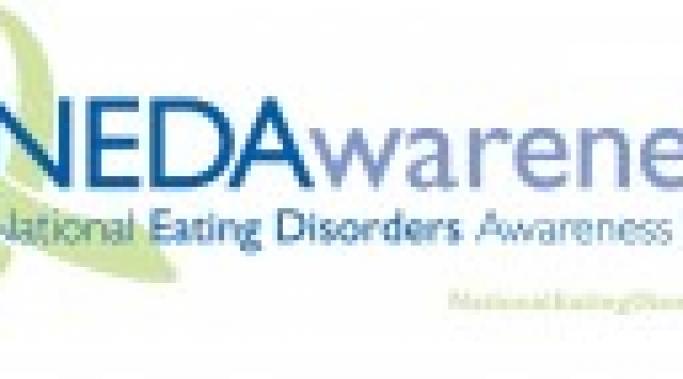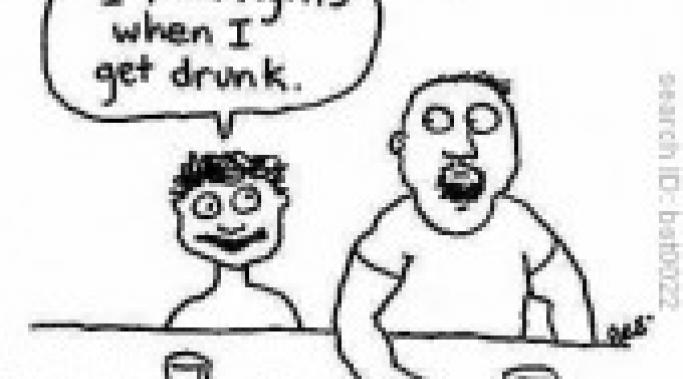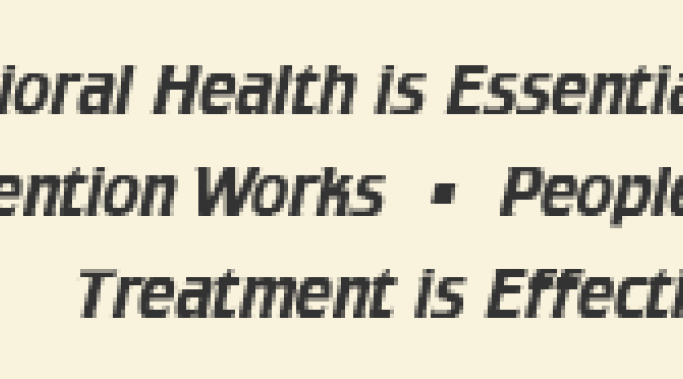In one of my recent blog posts, The Best Way to Quit Using Drugs, I discussed various means in which an individual could try to arrest his/her addiction. In response to the article, I had two readers comment with opposing points of view. One raised the point that treatments like Suboxone (Buprenorphine) and Methadone have been used to help treat addiction to opioids. The other reader had a more abstinence-based response and stated that one needs to address his/her addiction by kicking the habit “cold turkey.”
Addiction Research
Unless you’ve been living under a rock then you have undoubtedly heard about the recent admission by Lance Armstrong that he used anabolic steroids during his pursuit of seven straight Tour de France victories from 1999 to 2005. This public admission has served to once again highlight the use of steroids by athletes to enhance their athletic performance. From weightlifters like Lou Ferrigno to baseball players like Barry Bonds, the professional sports world has been rocked by these scandals. But are these substances addictive?
Alcoholics Anonymous and Narcotics Anonymous have helped save the lives of literally millions of people over the years. There are 2,133,842 AA members worldwide according to a January 2012 published report on the AA website and approximately 280,000 members in the NA fellowship worldwide.
For many people, drug and alcohol abuse and mental illness go hand-in-hand. There is hope however for overcoming these issues. This video on overcoming a co-occurring disorder touches on some of these methods.
Prescription drug abuse and addiction is an epidemic. It affects people from all walks of life, all ages, races, ages, backgrounds, socioeconomic standing, etc. There is a huge rise across the country in the numbers of nonmedical use and abuse of prescription drugs. It is important to understand that prescription drug abuse is defined as “the use of a medication without a prescription, in a way other than as prescribed, or for the experience or feelings elicited.”
This week is National Eating Disorder Awareness week, and I think it is important to highlight the link between eating disorders and substance abuse. As a person who struggled with both, I feel it is important to bring awareness of statistics and research in this area.
A huge part of my own personal recovery is due to coming out of the hiding in darkness. When you are wrapped in an addiction you cannot see outside your own actions, and live in secrecy, trying to hide your behaviors from others, thinking you are clever, when people will tell you later they watched it slowly unravel without knowing how to help us, or help change the behavior. An addiction is surrounded by lies, sneaking around, feeling alone, feeling trapped, and feeling alone.
There was a recent study done at the University of Kentucky that looked at what trait would make people more aggressive when drunk than when they are sober. It is important to look at the study data as well as the protocols to be able to analyze the study, its findings and implications.
There are many reports from women who report they use drugs to help lose and maintain weight, especially by using methamphetamine, speed and cocaine. A report by the National Institute on Drug Abuse revealed that meth, the only drug which women use at rates equal to or greater than men, has become the fastest growing illicit drug of choice among young women. One of the reasons for use is related to physical appearance and weight loss.
I was so honored to hear I had won a Bronze Award for this blog on HealthyPlace from the Web Health Awards for Summer/Fall 2011! I want to extend and share my congrats to Natasha Tracy (Breaking Bipolar Blog) and Randye Kaye (Mental Illness in the Family blog) for awards received as well!
Over the weekend, I received an email about the work of government agencies (specifically the SAMHSA) and new policy initiatives designed to reduce and prevent behavioral health problems.








